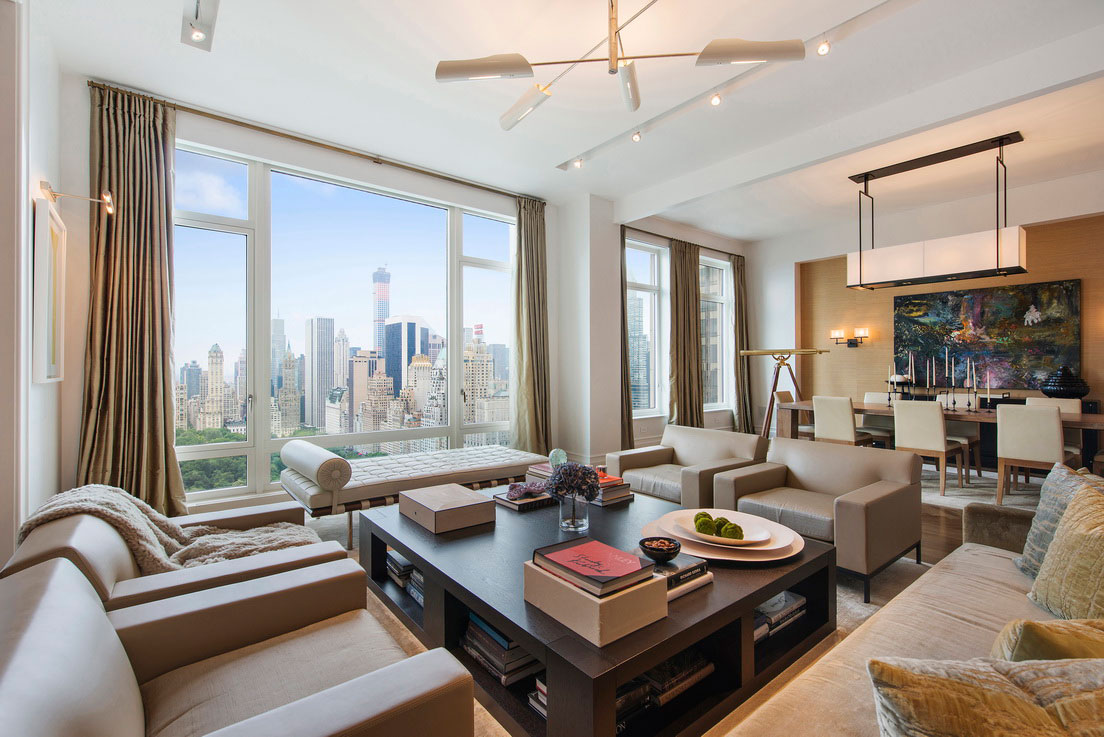
Discover market-relevant interior design solutions with an interior design firm. From minimalist to industrial styles, we transform commercial spaces. Choose a skilled interior design firm for a cohesive and purposeful transformation
In the real estate landscape, a property’s value is significantly shaped by its interior design. Beyond aesthetics, a well-designed interior is pivotal in enhancing the market value of a space. This goes beyond appearances, aiming to create an environment that aligns with the brand’s identity and values.
Interiors and Market Value
The impact of interior design on commercial spaces extends far beyond surface aesthetics. A thoughtfully designed interior is a strategic investment that goes to the core of business functionality and brand representation. By creating an environment that aligns seamlessly with the brand’s identity and values, interior design becomes a silent influencer in shaping the overall ambiance of the space.
Practical benefits of a well-crafted interior are evident in its ability to attract potential clients, enhance the productivity of employees, and contribute to the positive image of the brand. Beyond mere ornamentation, it serves as a functional tool, optimizing the space to cater to the specific needs of the business. In essence, the significance of interior design lies in its pragmatic role, offering tangible advantages that extend beyond visual appeal.
Popular Interior Design Styles in Commercial Structures
The contemporary landscape of commercial interior design is marked by a nuanced interplay of form and function, as various styles emerge to redefine the ambiance of modern structures. In response to evolving preferences, businesses are increasingly turning to distinct design approaches that not only enhance visual appeal but also infuse practicality into commercial spaces, ultimately elevating their intrinsic value.
- Minimalist Style:
Characterized by simplicity and functionality, the minimalist style is a design philosophy that values clean lines and a clutter-free environment. This approach aims to create a space where every element serves a purpose, fostering an atmosphere of simplicity and efficiency. By removing unnecessary embellishments, the minimalist style enhances the overall aesthetic and functionality of a commercial space, promoting an uncluttered and focused environment that appeals to the modern sensibility.
- Industrial Style:
The industrial style embraces the use of raw and unfinished materials, exposing structural elements to create a distinctive urban aesthetic. Incorporating features such as exposed brick, metal, and ductwork, this style emanates authenticity and rugged charm. Beyond its visual impact, the industrial style often resonates with a sense of history, transforming commercial spaces into unique, character-rich environments that stand out in the contemporary landscape.
- Modern Style:
Emphasizing clean lines, neutral colors, and a sleek, uncluttered look, the modern style exudes a sense of sophistication and timelessness. This design approach often incorporates cutting-edge materials and technologies, creating an aesthetic that aligns with contemporary sensibilities. By prioritizing simplicity and functionality, the modern style contributes to a professional and polished atmosphere, making it a popular choice for businesses seeking a sleek and forward-looking interior design.
- Biophilic Design:
Biophilic design integrates natural elements into the interior, such as greenery and natural light, to enhance the well-being of occupants. This approach acknowledges the innate human connection to nature and seeks to create environments that promote a sense of balance and harmony. In commercial spaces, biophilic design has been shown to improve productivity, reduce stress, and create a more pleasant and inviting atmosphere, aligning with a growing awareness of the importance of well-being in the workplace.
Key Considerations in Choosing an Interior Designer:
Selecting an interior designer is a critical juncture in the process of revitalizing a space. Beyond the surface aesthetics, the choice of a designer profoundly influences the functional and visual aspects of the environment. This decision, often understated, becomes the cornerstone for transforming a space into a cohesive and purposeful setting. In making this selection, businesses prioritize key attributes that go beyond design flair, including an understanding of business needs, a creative vision, a proven track record, and effective communication skills.
- Understanding Business Needs:
A fundamental aspect of selecting an interior designer is ensuring a nuanced comprehension of business needs. The chosen designer should grasp the operational intricacies and objectives, aligning their design approach with the unique requirements of the business.
- Creative Vision:
An effective designer possesses a discerning and innovative eye, transcending conventional aesthetics. The emphasis is not only on the ability to create visually appealing spaces but also on infusing a distinctive and practical vision that harmonizes with the purpose of the space.
- Proven Track Record:
The track record of an interior designer serves as a tangible testament to their capabilities. A proven history of successfully executed projects, especially those similar in scope and scale, provides confidence in the designer’s ability to deliver on expectations.
- Communication Skills:
Effective communication is indispensable in the collaborative process between the client and the designer. A designer with clear and transparent communication skills serves as a bridge, translating the client’s vision into concrete design elements and ensuring a seamless and productive working relationship.
- Adaptability and Flexibility:
The ability of a designer to adapt and flex their approach is crucial in the dynamic process of interior design. The capacity to pivot and adjust strategies in response to evolving project needs reflects an open-minded and collaborative approach, essential for a successful outcome.
In essence, the choice of an interior designer extends beyond aesthetic preferences. It is a strategic decision that hinges on a thorough understanding of the business, creative prowess, a track record of accomplishments, effective communication, and the flexibility to navigate the evolving landscape of design.
Conclusion
Simply put, hiring the right interior design firm can boost the value of commercial spaces. Choosing the right design style and skilled designers helps businesses create a space that looks great, matches their brand, and supports their overall goals. Interior design is like a powerful tool that makes places both visually appealing and in line with what a business is all about.

Tech Hub Digital, a one-stop destination for complete technology-related information.

